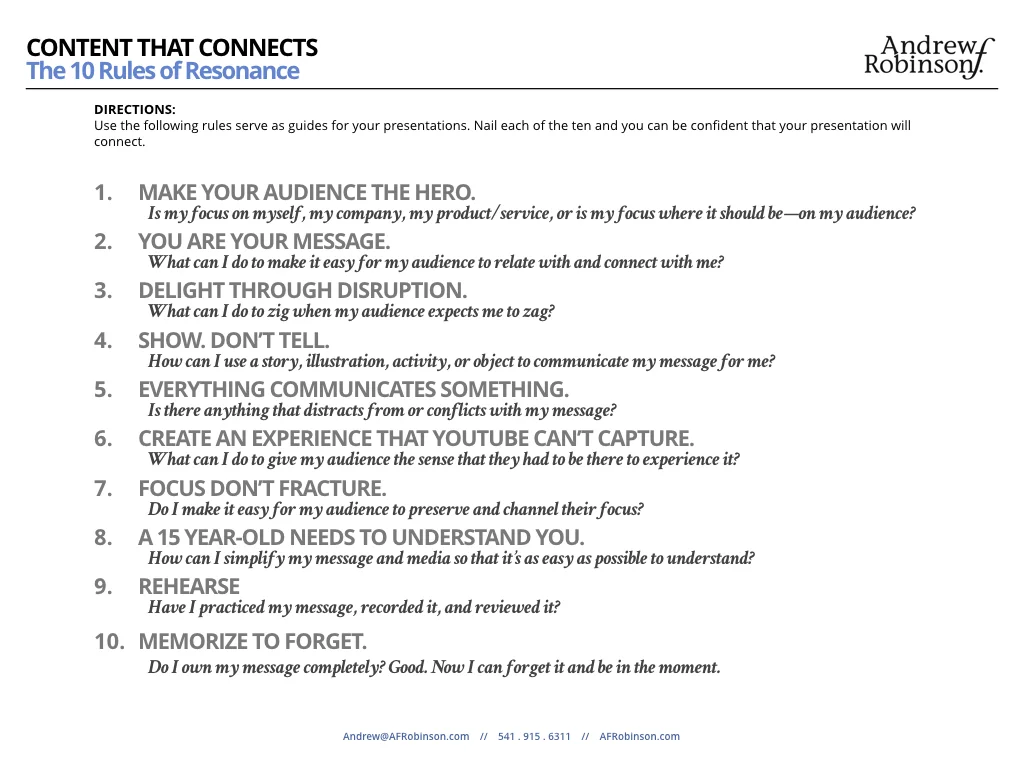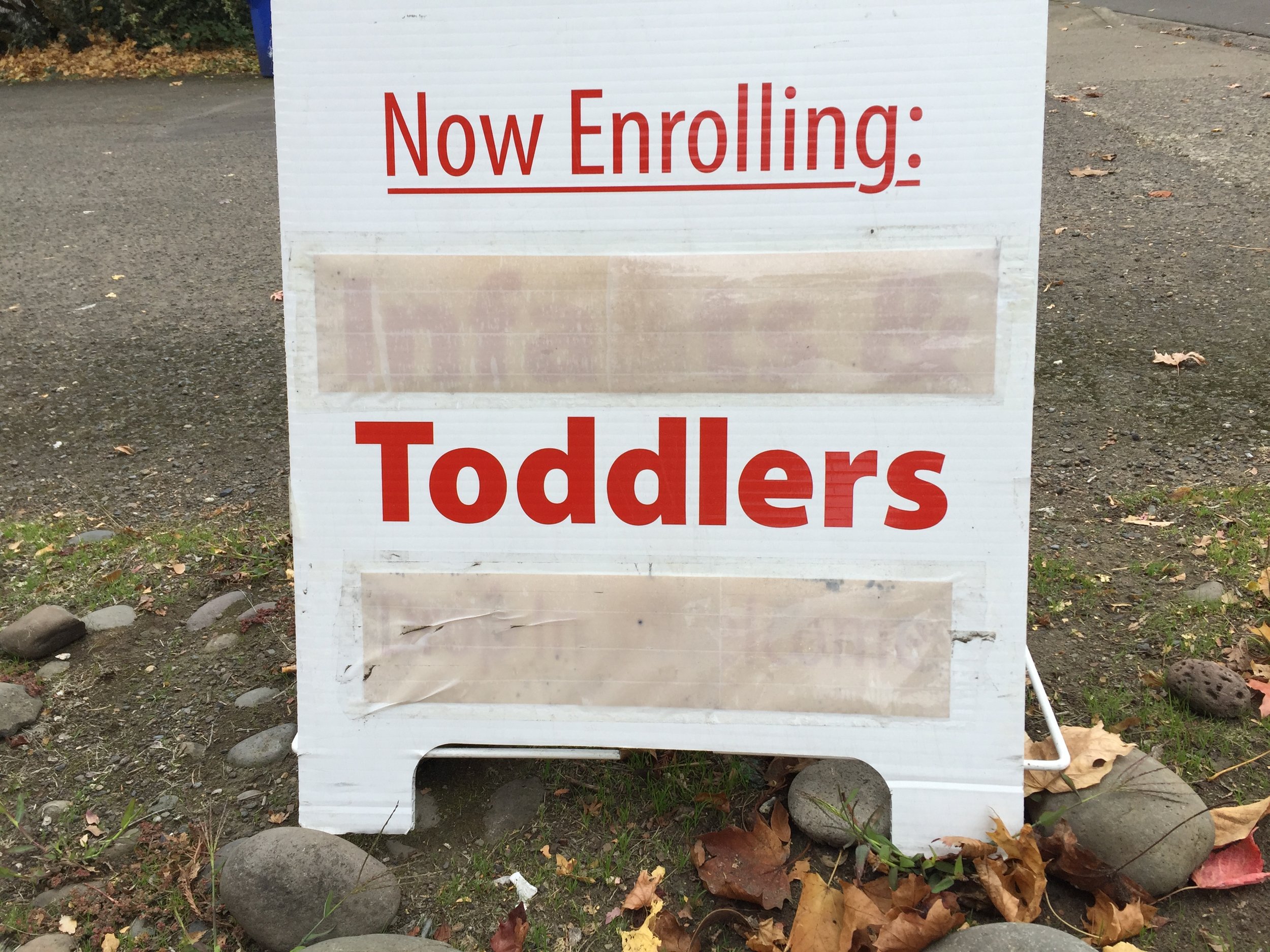True insights: Look beyond focus groups and surveys
We need to know people, not just know about them. Whether we’re trying to engage people internally, or reach our customers, we need to truly understand what makes them tick.
So what’s the best way to do that?
Surveys are the most common tool. Surveys can be helpful when we ask simple questions. Net promoter is a good example: How likely is it that you would recommend us to a friend or colleague?
But no survey can furnish the kinds of insights we truly need to know if we're going to resonate with people.
Focus groups are another common method companies use to better understand their audience. But don’t use focus groups if you’re looking for deep insights. They’re most helpful if you want to gather feedback on something you’ve already created—a logo, name, tagline, etc.
For example, when Mercedes imported their minivan into the US, they changed the name from Vito, the name they use in Europe, to Metris, when focus groups revealed that their American audiences immediately thought of The Godfather when they heard the original name.
Use focus groups for this purpose, but don’t try to make them do much more.
Here’s the problem: humans have a well-earned reputation for saying one thing and doing, believing, and perceiving another.
“Even the most analytical thinkers are predictably irrational,” says Dan Ariely, author of Predictably Irrational: The Hidden Forces That Shape Our Decisions. That’s why the feedback we collect through surveys, focus groups, and other methods of direct inquiry only takes us so far.
So how can we access and understand the defining elements that drive human behavior?
Look for desire lines.
An architect had just completed several buildings on a college campus, but couldn’t figure out where to place walking paths. A colleague offered a simple solution: plant grass and let students make their own trails. The architect could then place permanent trails over the matrix created by the students.
Professionals in the fields of urban planning and landscape architecture refer to these paths as desire lines. But the applications for desire lines extend well beyond the field of architecture.
Here’s the lesson for all of us:
If we want to truly know the people we seek to reach, we’ll study what they do.
Study their daily habits, how they prioritize their time, where and how they spend their money, and how and with whom they communicate. These kinds of observations, and others, yield insights no focus group or survey can provide.
"Rather than trying to understand user needs from a focus group, being alert for desire lines will show you users’ actual purpose more directly,”says usability engineer, Carl Myhill.
The answers we seek lay within the people we want to engage. Create the right conditions and these hidden insights emerge into plain sight.
Big Data, surveys, and focus groups can tell us about people. But don’t rely on them if you’re interested in understanding people at a deeper level. For that we have to observe what people do.
Then we can lay down the path.
© Andrew F. Robinson 2017. All rights reserved.
Resources:
http://99percentinvisible.org/article/least-resistance-desire-paths-can-lead-better-design/
Photo by Anna Dziubinska on Unsplash










